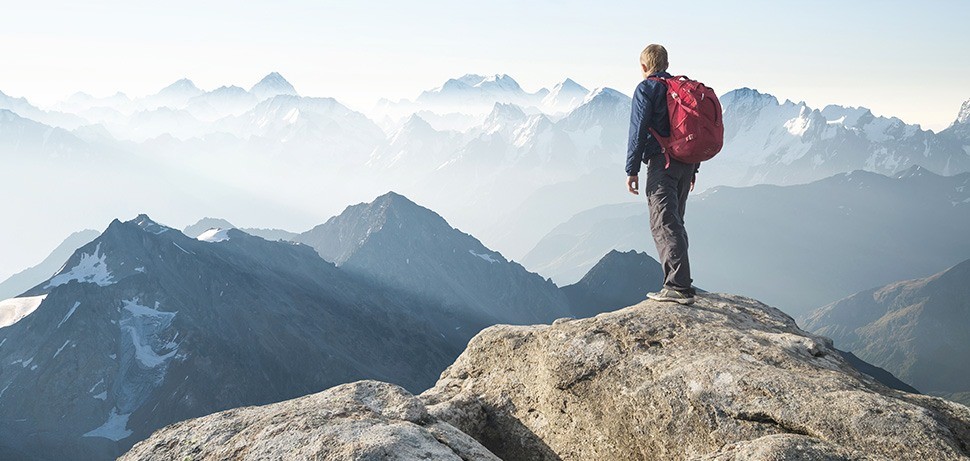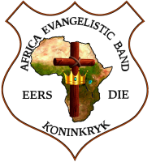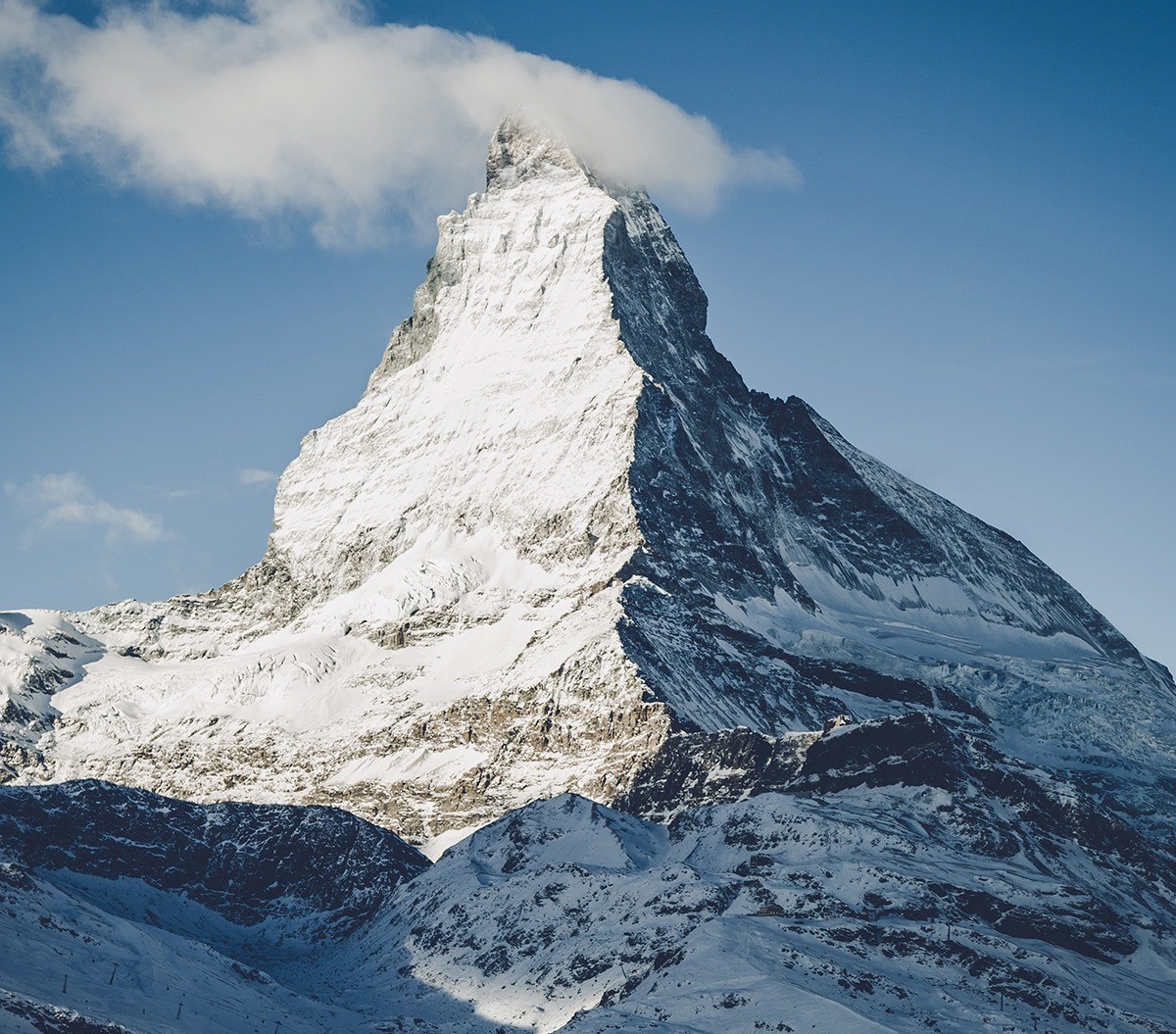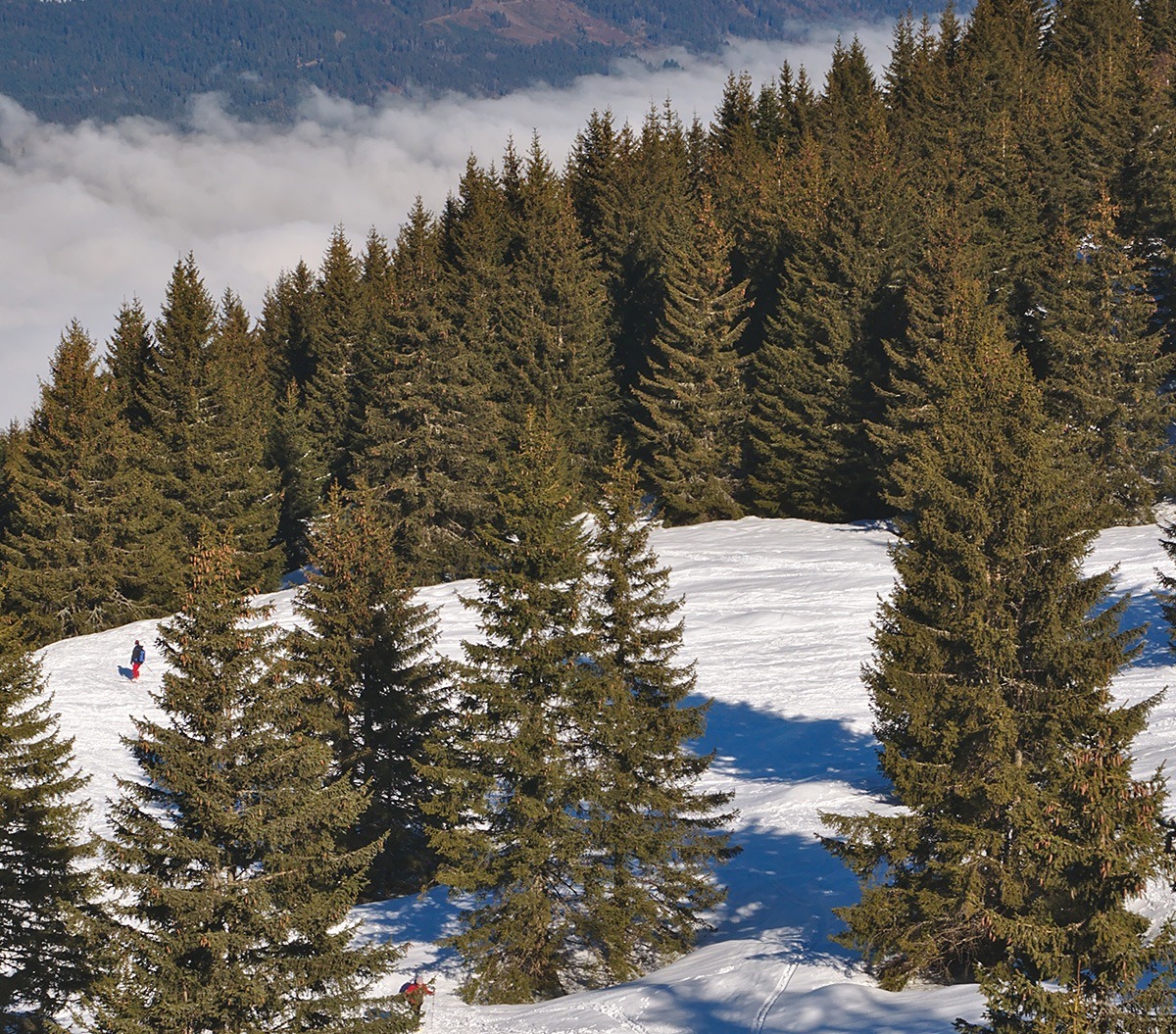Mountains Tours

The Rocky Mountains (The Rockies) are a mountain range that extends more than 4,830 km (3,000 miles) from northwestern British Columbia in Canada to New Mexico in the southwestern USA.
The Rockies were formed from 80 million to 55 million years ago when Pacific plates started to slide under the North American plate forming a ridge of mountains along western North America. Millions of years of erosion and glacial activity have left behind a dramatic and beautiful landscape. The highest point in the Rockies is Mount Elbert in Colorado at 4,400m (14,440 ft). The highest mountain in the Canadian Rockies is Mt. Robson in British Columbia approx. 1 hour west of Jasper. Mt. Robson is 3,954 m (12,972 ft) high. The Rockies range from 110 km (70 miles) to 480 km (300 miles) wide. The Continental Divide runs through the Rockies. Snow melt on the west side of the Divide flows to the Pacific while snow melt on the east side flows, eventually, to the Atlantic.
The Rockies are home to a number of animals including grizzly bears, black bears, wolves, coyotes, cougars, elk, bighorn sheep, deer, moose, and mountain goats. Keep your eyes peeled for wildlife sightings while touring through the mountains! Some of the indigenous peoples include the Apache, Arapaho, Blackfoot, Cheyenne, Crow Nation, Flathead, Shoshone, Sioux, & Ute.
European exploration began in 1540 with the Spanish explorer Francisco Vazquez de Coronado in the southern Rockies. Sir Alexander MacKenzie was the first European to cross the Rockies in 1793. The Lewis & Clark Expedition (1804 – 1806) was the first scientific exploration of the Rockies. The fur trade, followed by mining, provided the early economic activity in the Rockies however, tourism is now the major economic force. Both the US and Canada have set aside huge areas as National Parks or otherwise protected areas.
Lets Take a Look at the Journey
2 Reviews

Lorem ipsum dolor sit amet, consectetur adipiscing elit. Sed maximus, dolor mollis lobortis ultricies, turpis libero consectetur sapien, ac varius nibh tortor ac erat. Cras hendrerit condimentum dictum. Sed fringilla dui sed ultrices trist ique. Nulla efficitur vulputate elit at rhoncus.
Destination
Transport
Overal

Lorem ipsum dolor sit amet, consectetur adipiscing elit. Sed maximus, dolor mollis lobortis ultricies, turpis libero consectetur sapien, ac varius nibh tortor ac erat. Cras hendrerit condimentum dictum. Sed fringilla dui sed ultrices trist ique. Nulla efficitur vulputate elit at rhoncus.
Destination
Transport
Overal



